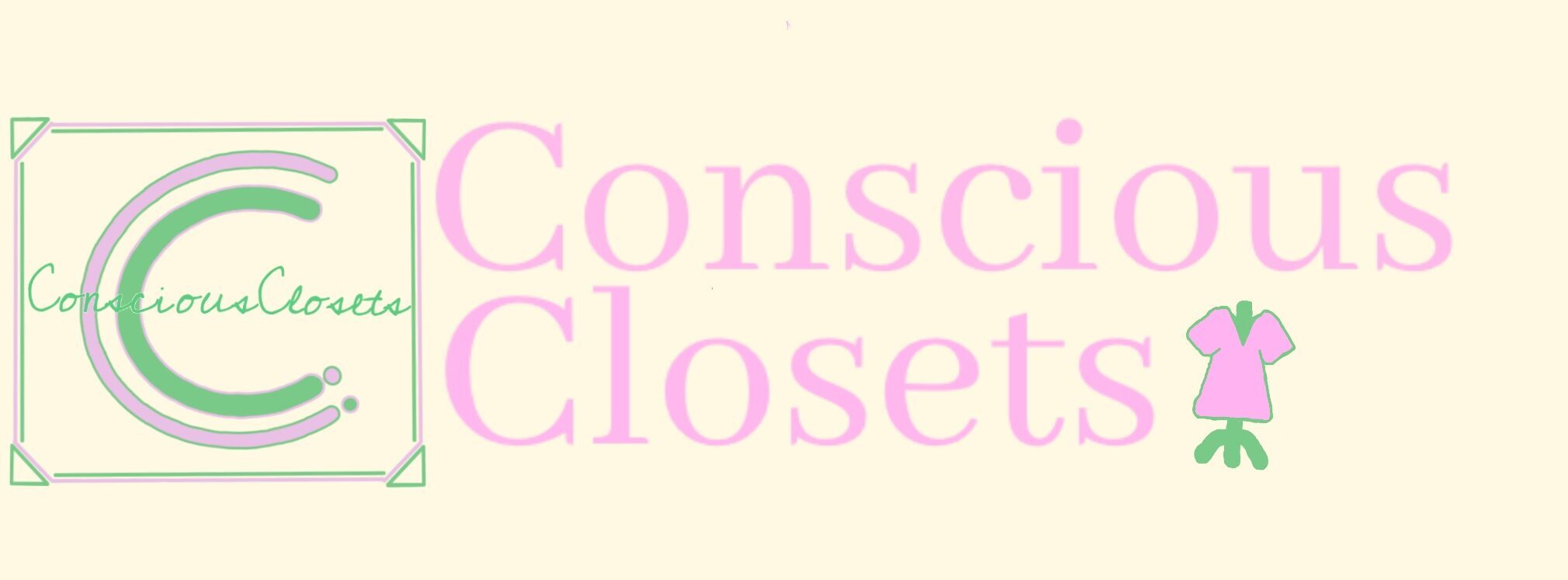The Truth About 5 Big Sustainable Fashion Myths
Sustainable fashion? It’s everywhere now, but so many people still believe in sustainable fashion myths. Some think it’s just expensive linen dresses in neutral tones (false). Others assume you have to thrift every single thing (also false).
I used to believe some of these sustainable fashion myths too. When I first started my sustainability journey, I thought I had to swear off trends forever, and let’s be real…I was not ready to live in a capsule wardrobe of beige basics. But the more I learned, the more I realized that sustainable fashion is actually about creativity, self-expression, and making conscious choices that work for you.
Let’s bust some myths and get real about what sustainable fashion actually means.
Sustainable Fashion Myth #1 – “Sustainable Fashion is Ugly & Boring” 🚫
The Myth:
When people hear “sustainable fashion,” they picture shapeless beige dresses, scratchy hemp shirts, and outfits that look straight out of a historical reenactment. (Respectfully, no thanks.)
The Reality:
Sustainable fashion is as stylish and diverse as mainstream fashion—if not more because it forces people to be creative with their choices. Brands like Reformation, House of Sunny, Stella McCartney, and Girlfriend Collective are proving that ethical fashion can be vibrant, trendy, and actually cool.
- Love Y2K? Find secondhand low-rise jeans and baby tees or shop from brands using deadstock fabric.
- More into streetwear? Patagonia, Pangaia, and Ecoalf have you covered with sustainable hoodies, cargo pants, and sneakers.
- Prefer the coquette or balletcore aesthetic? Slow-fashion brands like Christy Dawn and sustainable silk alternatives have you covered.
And honestly? Some of the best outfits I’ve ever put together came from secondhand shopping and upcycling. I once thrifted a vintage Dior blazer for $20, and it’s still one of my best finds ever.
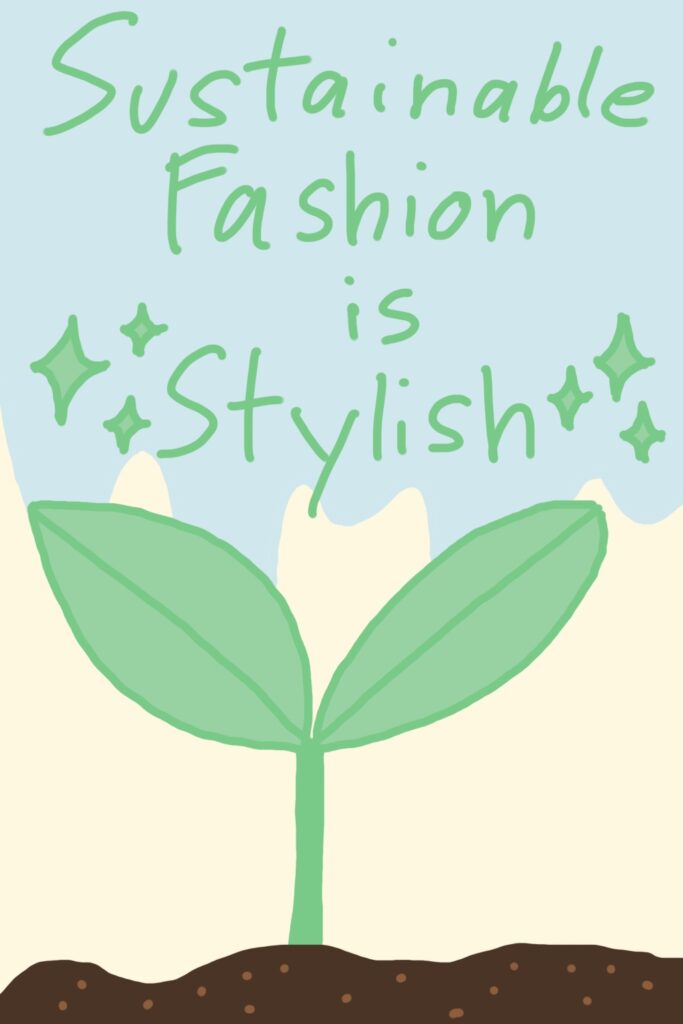
Sustianable Fashion Myth #2 – “Sustainable Fashion is Too Expensive” 💸🤯
The Myth:
People see a $100 ethically made t-shirt and immediately assume sustainable fashion is only for rich people. (And let’s be real—some ethical brands do price their stuff high.)
The Reality:
Yes, some sustainable brands are expensive, but there’s a reason:
- They pay fair wages (unlike fast fashion brands that exploit workers).
- They use high-quality, eco-friendly materials (not plastic-based fabrics like polyester).
- Their clothes are made to last, not fall apart after five washes.
But here’s the trick—you don’t have to buy new sustainable brands to be sustainable.
- Thrifting is the most budget-friendly sustainable option.
- Depop, Poshmark, and Vinted sell secondhand (sometimes brand new) clothes at a fraction of the original price.
- Clothing swaps with friends are literally free and help keep clothes in circulation.
- Buying less, but choosing better means you don’t need to constantly replace cheap fast fashion pieces.
When I switched to sustainable shopping, I actually saved money because I wasn’t impulse-buying cheap stuff that didn’t last.
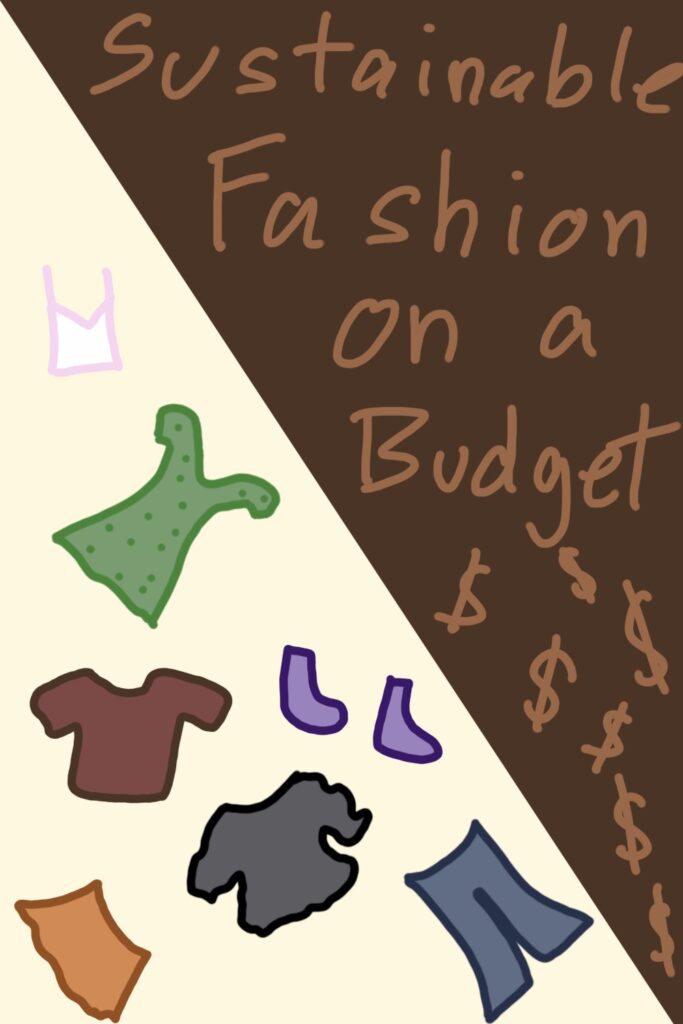
Sustainable Fashion Myth #3 – “Thrifting is Gross or Only for Vintage Lovers” 🛍️✨
The Myth:
Some people think thrifting means digging through piles of musty old clothes, or that it’s only for people who love retro aesthetics.
The Reality:
Modern thrifting is elite. You can find secondhand streetwear, designer pieces, and current trends if you know where to look.
- Curated thrift stores carry trendy pieces, not just grandma’s sweaters.
- Online thrifting (Depop, ThredUp, The RealReal) lets you find specific styles without the search.
- Luxury resale shops make high-end fashion more affordable and sustainable.
Also, let’s not act like fast fashion is somehow “cleaner.” Many fast fashion clothes are made in unhygienic conditions and sprayed with chemicals to prevent mold during shipping. Washing your thrifted finds? Easy. Washing away the environmental damage of fast fashion? Not so much.
One of my best thrift flips? Turning an oversized men’s button-up into a cinched, cropped blouse. 10/10 recommend trying DIY alterations.
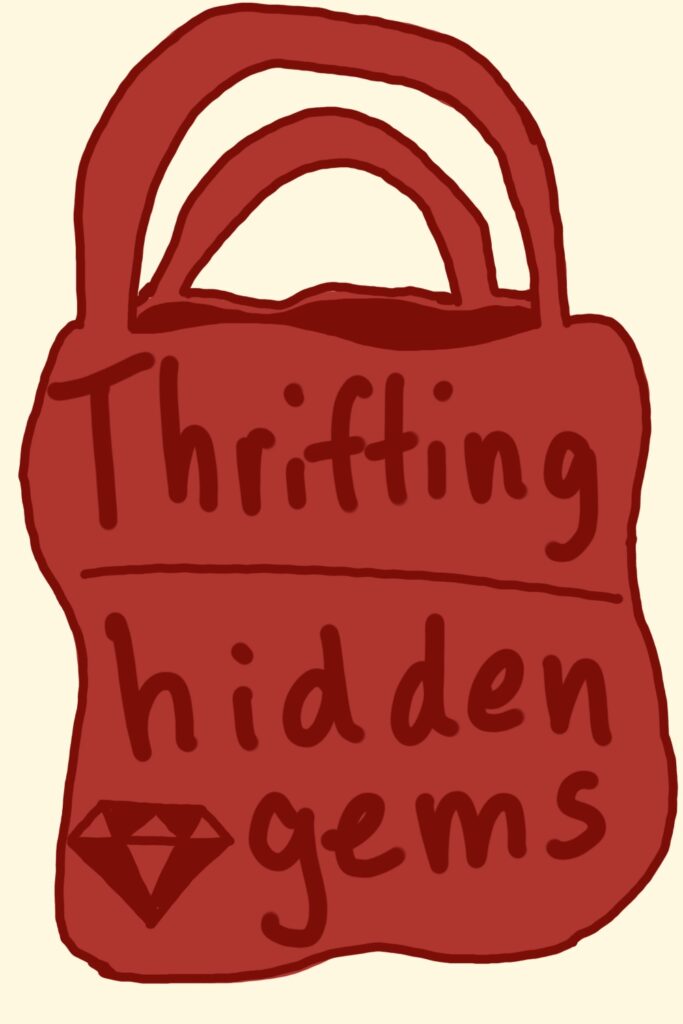
Sustainable Fashion Myth #4 – “Fast Fashion is the Only Way to Keep Up with Trends” ⚡👗
The Myth:
If you want to stay trendy, you have to shop fast fashion because it’s the only way to afford constant new styles.
The Reality:
Fast fashion just copies high-end designers and vintage trends anyway. So instead of buying a $5 SHEIN top that’ll fall apart, here’s what you can do:
- Buy secondhand from past seasons (trends repeat, so you’ll find what’s “in” now from last year’s collections).
- DIY your own versions of trendy pieces (crochet, sewing, and upcycling are fun and sustainable).
- Invest in timeless staples that can be styled to match trends rather than chasing microtrends that die in weeks.
Example? The whole mob wife aesthetic that’s trending? You can thrift vintage fur coats (faux, of course) and gold jewelry instead of buying cheap fast fashion copies.
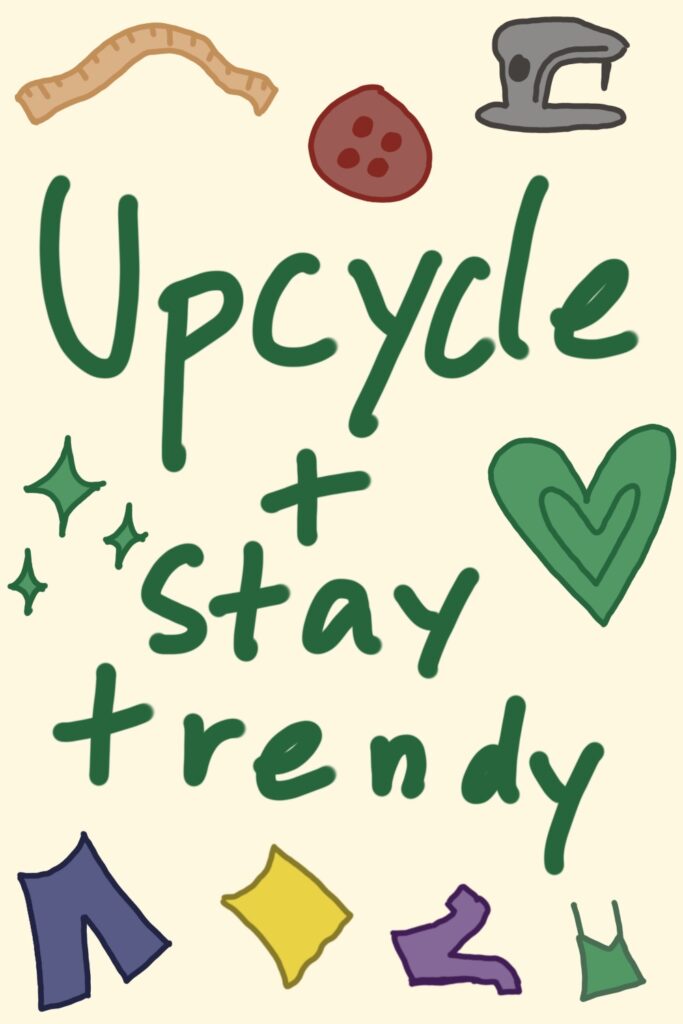
Sustainable Fashion Myth #5 – “One Person Can’t Make a Difference” 🌍👊
The Myth:
Sustainable fashion is nice, but if corporations are the real problem, why should I bother?
The Reality:
Yes, big corporations are the biggest contributors to fashion waste and pollution. But guess who they listen to? Us.
- Gen Z’s spending habits are already forcing brands to change. Big companies are seeing the shift toward resale, slow fashion, and sustainability—and they’re adapting.
- Every sustainable choice reduces demand for fast fashion. Even small swaps (like buying secondhand or avoiding ultra-fast fashion brands) help.
- Sustainable fashion is about collective action. One person recycling their clothes won’t fix everything, but millions of people making better choices creates real impact.
I started small—thrifting more, avoiding brands like SHEIN, and learning to mend my clothes instead of tossing them. Now, sustainability is just a normal part of how I shop. And if more people do the same? Game over for fast fashion waste.

Final Thoughts: You Don’t Have to Be Perfect 🖤♻️
Sustainable fashion isn’t about being perfect—it’s about being mindful. You don’t have to quit trends, wear only thrifted clothes, or spend hundreds on ethical brands. Just start where you can:
✅ Thrift or buy secondhand when possible
✅ Repair & repurpose clothes instead of tossing them
✅ Support sustainable brands if it’s in your budget
✅ Avoid ultra-fast fashion brands that exploit workers & the planet
✅ Remember: your choices matter
Sustainable fashion is for everyone. And the best part? You can still serve looks while keeping it ethical. 😌💚
Are there any sustainable fashion myths you’ve heard that I didn’t cover? Let’s talk in the comments! 🛍️✨
